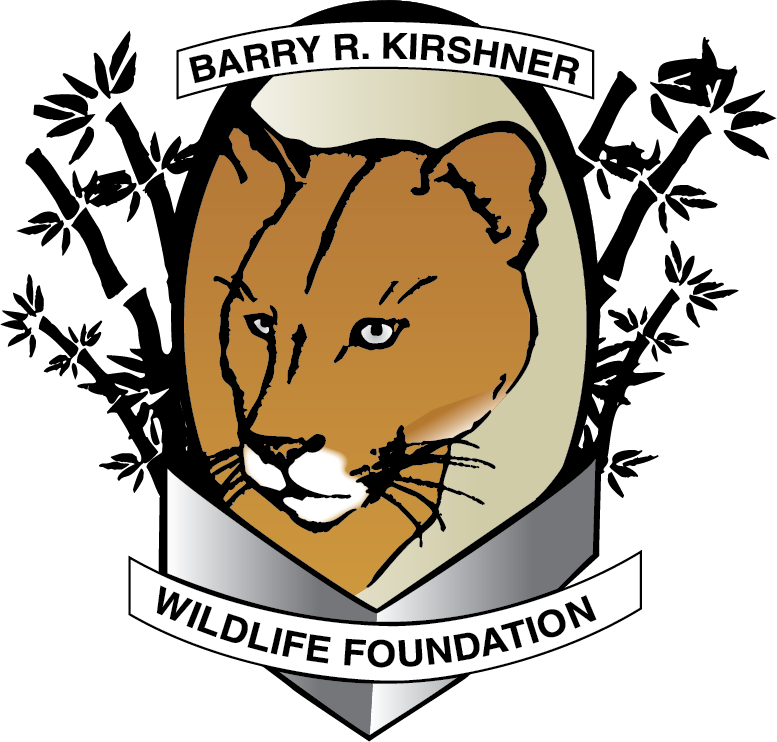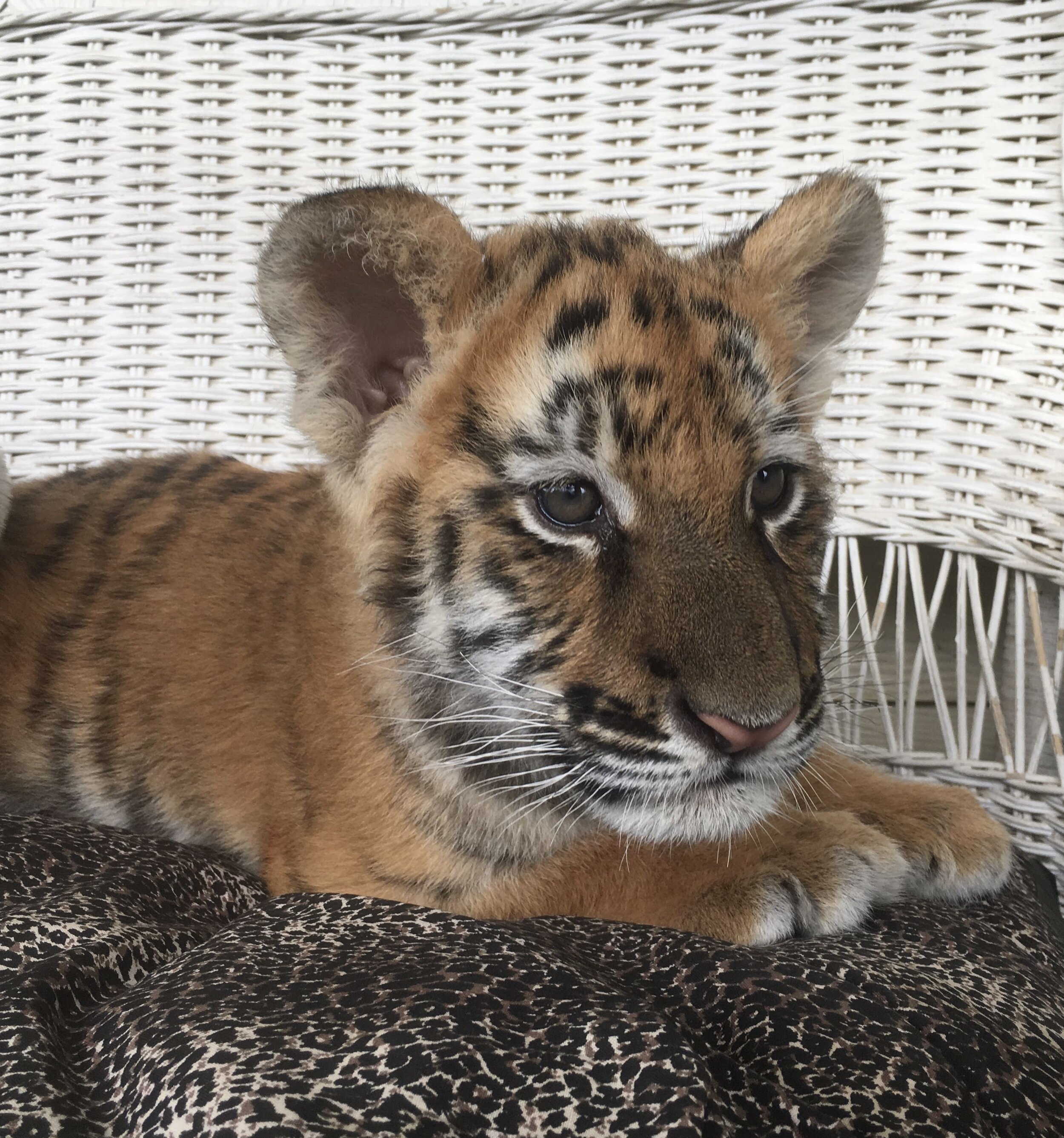david alan II - siberian tiger
David Alan II is a male Siberian Tiger (Panthera tigris), born in early December of 2015. David Alan II was given to us as a gift. Although he is healthy right now, we will continue to monitor him as he grows to keep watch for any abnormalities due to a head injury he had prior to joining us. Our former David Alan, named after a volunteer, has been sent to another facility to join their breeding program because he was completely healthy.
Tigers have stripes that traverse beyond fur and are actually skin-deep. The stripes are unique to the individual and many researchers utilize the unique markings to identify individuals. Tigers are a rarity among cats, as they love to swim and are quite adept at it. Tigers are solitary animals and heavily scent-mark their territory. Cubs are not proficient hunters until 18 months of age and will remain with their mother for two to three years until they are ready to claim their own territory. They are sit-and-wait predators, using their coat as camouflage and wait until prey is within pouncing distance before attacking. Main sources of food include buffalo, deer, wild pigs, and other large mammals. Tigers have even been known to take down small elephants. A hungry tiger can eat as much as 60 lbs of meat in one night, though they don’t usually eat that much on a regular basis.
Siberian Tigers are also known as the Amur tiger, Manchurian tiger, or Ussurian tiger. As of early 2015, there are less than 600 Siberian tigers left in the wild in Russia. Currently the Siberian tiger’s range is limited to the Amur region of far east Russia and in China, with a very low population of less than 30. The main causes of their dwindling population is loss of habitat due to deforestation and poaching for their fur and for body parts that are used for traditional Chinese medicines. Although efforts have been made to curb poaching and protect tiger habitats, Siberian tigers are still considered endangered.
siberian tiger Statistics:
Body Size
Weight
Gestation Period
Litter Size
Life Span
Status
4.6 - 9.2 feet long, 3 - 3.5 feet tall
400 - 700 pounds
103 days
2 - 4 average
8 - 10 years in the wild, 10 - 12 years in captivity
endangered


